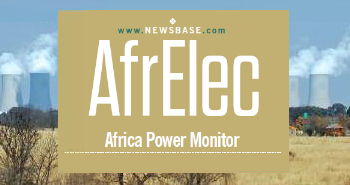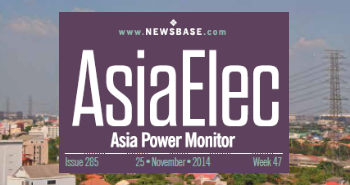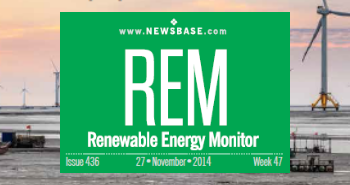MENA region has 1,400 GW of offshore wind potential, GWEC says
The Middle East and North Africa (MENA) region could utilise its comparative advantage in wind energy generation, according to the Global Wind Energy Council (GWEC). With sufficient investment, up to 1,400 gigawatts (GW) of offshore wind can be made available in the region, the council said in its latest report.
The offshore wind industry is still in its infancy in the MENA region, owing to the large volumes of investment required. So far, there has only been investment in onshore wind projects in the region, according to GWEC’s Global Offshore Wind Report 2024.
“The growth of offshore wind is now so much more than a European, Chinese, or American story. This global industry must now “chart a course” for the tremendous growth that lies ahead,” GWEC said.
The Middle East has been at the epicentre of the oil and gas industry for over a century. The energy transition has been challenging for the region, despite the ambitious renewable energy targets set by MENA governments.
“However, trends are shifting in the Middle East: Efforts to diversify energy sources, potential development of subsea interconnectors to Europe, and the potential of green energy/green product exports may encourage MENA countries to reconsider their original stance on offshore wind,” the report notes.
In North Africa, the wind industry is considered a nascent industry in the region, with only a few champion countries, such as Morocco and Egypt.
Morocco relies heavily on energy imports, with over 91% of its energy sourced externally. Nonetheless, the Moroccan government has made significant strides in advancing renewable energy projects and aims to achieve 51% renewable energy by 2030.
While there are no specific targets for offshore wind development, the government is actively exploring this technology. Recently, the European Investment Bank (EIB) granted $2bn to the Moroccan Agency for Sustainable Energy (MASEN) to conduct a feasibility study on offshore wind in Morocco.
This study will evaluate the potential of transforming Morocco’s Atlantic coast into an offshore wind energy hub, considering the technical, environmental, and economic aspects of such projects. Both IEB and MASEN are optimistic that the feasibility study will lead to the development of small-scale pilot projects, setting the stage for large-scale implementation in the future.
Morocco's ambition to become a regional green hydrogen hub and a major exporter of green electricity to Europe via the anticipated Xlinks project further supports the case for offshore wind development. According to a previous study by the GWEC, Morocco's offshore wind potential is estimated to be around 200 GW.




Follow us online